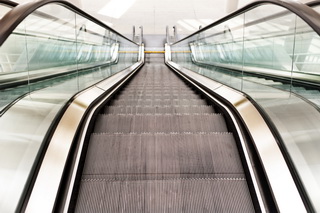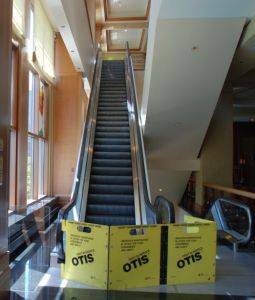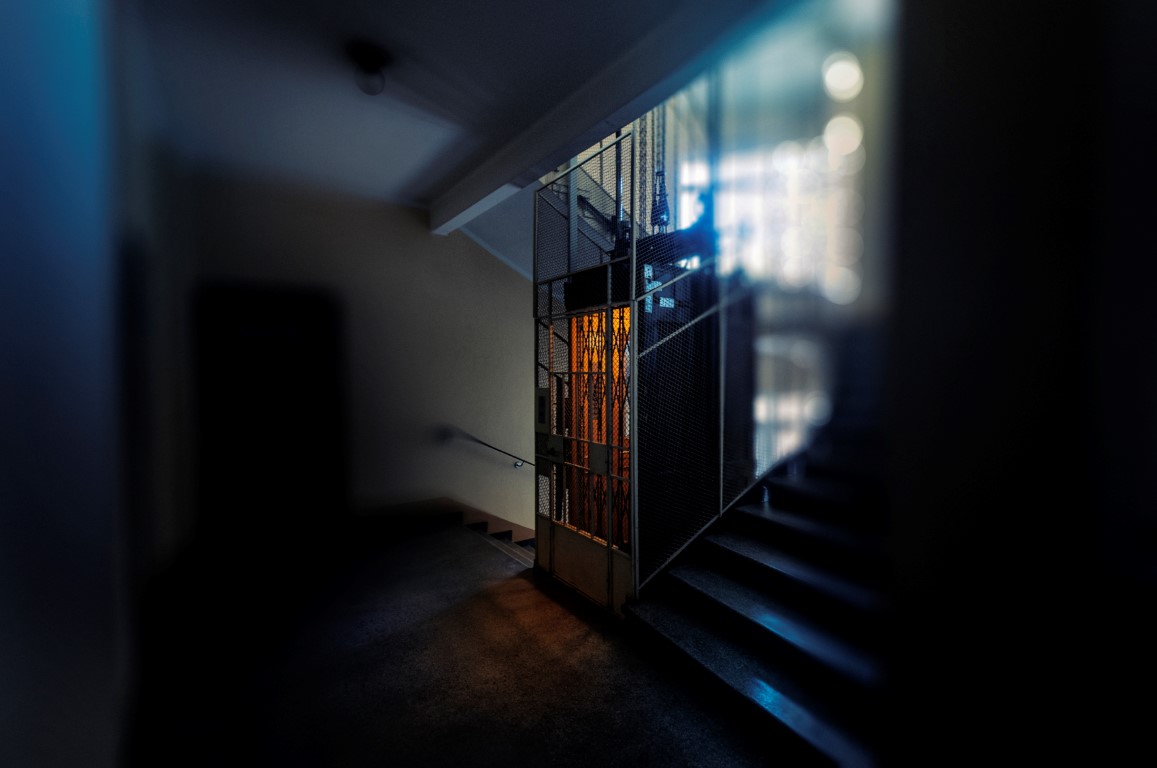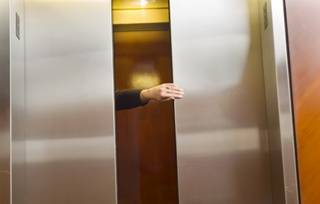Every year escalators and elevators transport millions of people to their destination and are considered among the safest forms of transportation in the world. Accidents involving escalators and elevators however do occur, especially in large cities where these types of travel are common. Most of the injuries incurred on an escalator or elevator take place when people are entering or exiting the apparatus. Clothing, such as drawstrings, shoe laces or loose fabric can get caught in an escalator or elevator door with potential for personal injury. Another possible injury could be caused by a person slipping and falling on a surface while entering or exiting the apparatus. In addition, damage could be caused by limbs being caught in closing elevator doors which malfunction and then do not re-open. Furthermore, an accident can occur when an elevator malfunctions and falls several floors, stopping abruptly and severely injuring passengers.
Engineering experts bring an investigation process that involves first examining the applicable national standards from the American National Standards Institute (ANSI) that govern the particular equipment involved. With regard to escalators and elevators, ANSI originally established the ASME A17.1 standard in 1921. This code requires that elevators and escalators be inspected regularly by specially trained and qualified inspectors. After standards are researched, an inspection of the equipment and review of maintenance records and inspection report is conducted to continue the forensic process. In the case of personal injury resulting from a ‘sudden stop’ of an escalator/elevator, engineering experts will endeavor to quantify the alleged sudden stop. During inspection, a mechanical engineer can use an accelerometer to assist in measuring the forces acting on a person while riding on the equipment. Additionally, a biomechanical engineer can utilize the forces measured and confirm that they are consistent with the injury sustained.
During inspections, engineering experts can find that the escalator/elevator does not exhibit the symptoms described during the incident. In such cases, the maintenance and inspection history can provide insight into any recurring problems that may have preceded the accident. When a maintenance history is not available, witness statements can often be used to piece together the sequence of events leading up to an accident. Once an understanding of the equipment history has been obtained (assuming that the equipment is still operational) an inspection of the equipment should include operating the escalator or elevator in the maintenance mode in order to check the logic of the controllers to see if they are functioning properly. Engineers will also assess any human factors, such as loose clothing fabric, which may have contributed to the accident.
Founded in 1987 by a group of United States Naval Academy graduates and professors committed to applying science and sound principles to accidents, CED has grown to over six offices and a multitude of engineering disciplines. Even though this growth has allowed CED to diversify in such areas as forensics, engineering research, maritime studies and as a first responder to accidents, CED has always maintained the connection to the military discipline through preparation, teamwork, communication and a results focused approach. Therefore, should you require assistance, call us at (800) 780-4221 or please visit our website at www.cedtechnologies.com.






